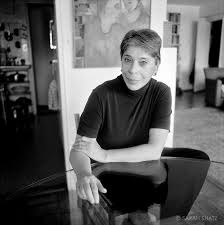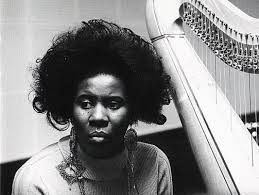George Martin. Image via soundofthehound.com.
Just as art can leave room for the insights of its audience, critiques of art in progress can leave room for the artist to decide how she wants to proceed.
Critique that takes the form of a long list of detailed responses, while helpful, might not engage the artist’s imagination and the learning already present in the work. For example, consider a singer recording a vocal track. She sings a take, and the producer, seated behind the control-room glass, responds.
Compare this response . . .
“You were flat on the first Mary and lamb and also the second Mary. (The second lamb was okay.) You were sharp on the final fleece, and you rushed snow. Let’s try it again.”
with this one . . .
“Let’s try another, and this time, see if you can focus on telling the story.”
The second response has several advantages over the first:
It recognizes the deeper problem, which is that the performance got away from the singer. She lost her concentration.
It offers a single meta-task around which the singer can focus her next take, rather than presenting a series of little fixes to which she must attend.
It sets free the singer’s imagination. Rather than attending to a checklist of problems, she can now engage her imagination.
It leaves room for unexpected solutions.
A great example of deeper communication between artists: After the Beatles recorded the basic tracks for “Being for the Benefit of Mr. Kite,” John Lennon communicated his vision for the finished recording to producer George Martin. The conversation is reported in Mark Lewisohn's book The Beatles Recording Sessions.
"Beatles songs were quite simple in the early days," says George Martin. "You couldn't play around with them too much. But by 1967 we were building sound pictures and my role had changed — it was now to interpret those pictures and work out how best to get them down on tape. Paul was fine — he could express what he wanted, the sounds he wanted to have. But John was less musically articulate. He'd make whooshing noises and try to describe what only he could hear in his head, saying he wanted a song 'to sound like an orange'. When we first worked on 'Being for the Benefit of Mr Kite!' John had said that he wanted to 'smell the sawdust on the floor' . . .
Mark Lewisohn, The Beatles Recording Sessions, p. 99
Note that what Martin may have viewed as Lennon's liability, his lack of a proper musical vocabulary, may well have been a great advantage in his collaborations with Martin and McCartney. See how the statement that he wanted to 'smell the sawdust on the floor' . . .
Identifies a deeper problem, the mood of the recording.
Sets forth a single meta-task, rather than a list of specifics.
Frees George Martin to engage his producer’s imagination.
Leaves room for unexpected solutions, in this case recording a sped up Hammond organ, chopping up the tape, and splicing it back together at random to produce something surreal that evokes a circus.
By way of this framing of his mission, Lennon engaged Martin’s artistic imagination, and the song came to life.
Thank you for reading.


























